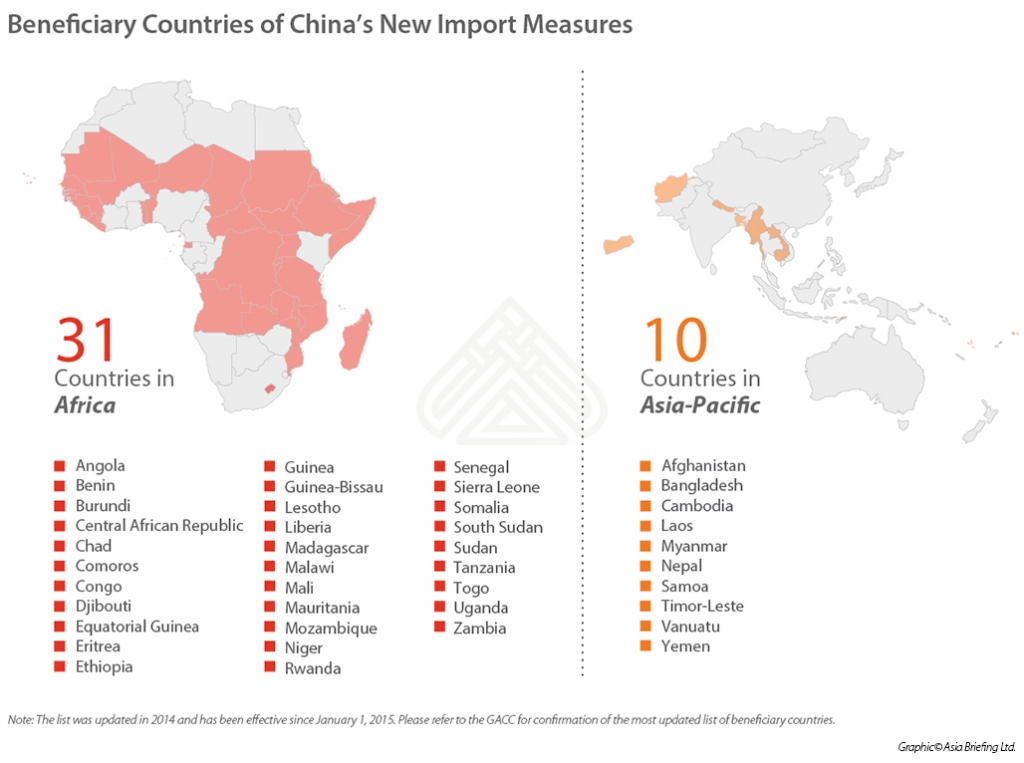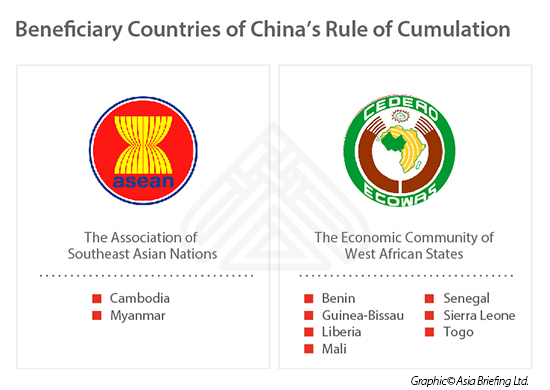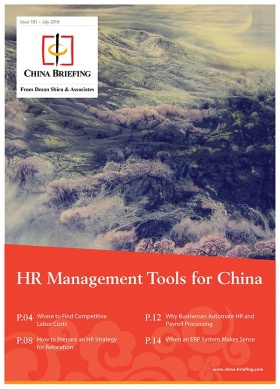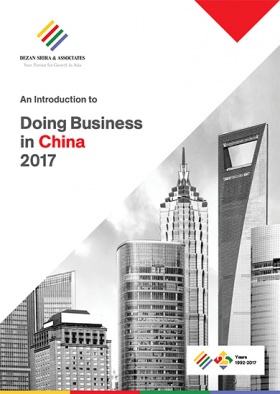New Import Measures in China to Benefit African, Southeast Asian Exporters
By Weining Hu
Exporters from the least developing countries (LDCs) in Africa and Southeast Asia can benefit from China’s new measures for special preferential tariff treatment. In order to be entitled to preferential tariff treatment, a beneficiary country needs to register with China’s customs the national source of the export product, showing the product is indeed originating from that country.
The Administrative Measures of the PRC Customs on Rules of Origin of Imported Goods from the Least Developed Countries Entitled to Special Preferential Tariff Treatment (“the new measures”), which became effective April 1, is the latest action taken by the General Administration of Customs of China (GACC) to improve the administration of the origin of the import goods. China began granting preferential tariff treatments to LDCs that have diplomatic relations with China in 2002.
The GACC made two major changes in the new measures:
- They expanded the criteria that determine the national source of a product, allowing more products to be regarded as originating from a beneficiary country; and,
- They streamlined the consignment process, making the export process more efficient than before.
LDC exporters should seek to understand the benefits of the new measures, which contain both incentives and compliance requirements.
The old rule of origin for imported goods from LDCs
As is common for rules of origin internationally, China uses the rule of origin to determine the national source of a product for purposes of international trade. Generally, the GACC assesses the country of origin for a product as determined by the following two rules:
- If a product is wholly obtained or produced completely within one country, then the product is regarded as having origin in that country;
- If a product has been produced in more than one country and the last substantial transformation took place in a beneficiary country, then the product is also regarded as having origin in that country. (The change of tariff classification, a four-digit number, is a benchmark that shows a product has gone through the last substantial transformation.)
Many exporters find this rule of origin too rigid to operate in real practice. In a world where global trade has become more complicated and highly interdependent, it is difficult to produce a product that is purely relied on originating materials in one single country. In response to address the operational obstacles, the new measures adjusted the criteria that determines the country of origin through introducing several new rules, which are designed to allow exporters in LDC countries to compete.
The new rule of origin for LDC exporters
Rule of Cumulation
Under the Rule of Cumulation, beneficiary countries are allowed to use other countries’ originating materials under the following two circumstances:
- The originating goods or materials were obtained from or produced in China;
- The originating goods or materials were from other beneficiary countries within the same regional economic group as the subject beneficiary country is belong to.
Currently, GACC grants two regional economic groups special preferential tariffs treatment: The Association of Southeast Asian Nations (ASEAN) and the Economic Community of West African States (ECOWAS). Beneficiary countries within the same economic group can share the originating materials or goods for their own production.
If the exporter comes from a LDC beneficiary country in either ASEAN or ECOWAS that is recognized by the GACC, they can use the other member country’s originating materials to produce its own product, and the product can be counted as originating from the country that exports it.
For example, recognized beneficiary countries within ASEAN, Cambodia and Myanmar, can interchangeably use the other member country’s originating materials for its products. If Cambodia uses Myanmar’s originating materials, then its production is still considered as products purely originating from Cambodia.
Rule of De Minimis
In addition to the Rule of Cumulation, the new measures adopt the Rule of De Minimis to further lower the threshold for determining the origin of products. This means a beneficiary country is allowed to use other country’s imported goods or materials in the process of production, as long as:
- The value of all non-originating materials used in the production of the good does not exceed 10 percent of the value of the good;
- The good meets all other applicable provisions of the new measures.
Optimized consignment process
Under the new measures, the GACC will use an online data exchange system to administrate the imported goods’ consignment. Consignees or agents of imported goods no longer need to submit hard copies of the Certificate of Origin or Declaration of Origin to the GACC, as long as the export country has submitted those documents through the online data exchange system. Additionally, if the originating goods’ value does not exceed RMB 6,000 (US$872), consignees are exempt from presenting a Certificate of Origin or Declaration of Origin at the customs.
The new measures also extended the time for beneficiary country’s export goods to arrive in China. If an originating good of a beneficiary country transports through other countries or regions before arriving in China, the maximum duration of staying in the country or district has been extended from 3 months to 6 months.
In sum, the new measures cut red tape during the import clearance process for LDC beneficiaries, and allows exporters from those countries more flexibility for transportation.
Healthier trade prospects
China has been committed to facilitating trade and economic development in LDCs. In 2002, new ASEAN member states such as Cambodia and Myanmar were among the first batch of LDCs to enjoy the special preferential tariff treatment provided by China. Fifteen years later, the list of beneficiary countries has extended from South East Asian countries and African countries to more than 40 LDCs recognized by the UN.
In addition to expanding the number of beneficiary countries, the percentage of taxable item goods exported to China that were granted zero tariffs has witnessed a significant increase from 60 percent in 2010 to 97 percent in 2015.
According to China’s Millennium Development Goal White Paper, 26 beneficiary countries have exported originating goods worth at US$4.72 billion in total to China by tapping the preferential measures. Ethiopia, Bangladesh, and Tanzania are the top three beneficiaries.
As the administration and regulatory environment has been ameliorated, more and more LDCs will benefit from exporting goods to China under the special preferential tariff treatments.
About Us
China Briefing is produced by Dezan Shira & Associates. The firm assists foreign investors throughout Asia and maintains offices in China, Hong Kong, Indonesia, Singapore, Russia, and Vietnam. Please contact info@dezshira.com or visit our website at www.dezshira.com.
- Previous Article China’s Silk Road Development Criteria: It’s Only OBOR If We’re Involved
- Next Article Why the UK Election Will Provide a Positive Result for China-Britain Business










